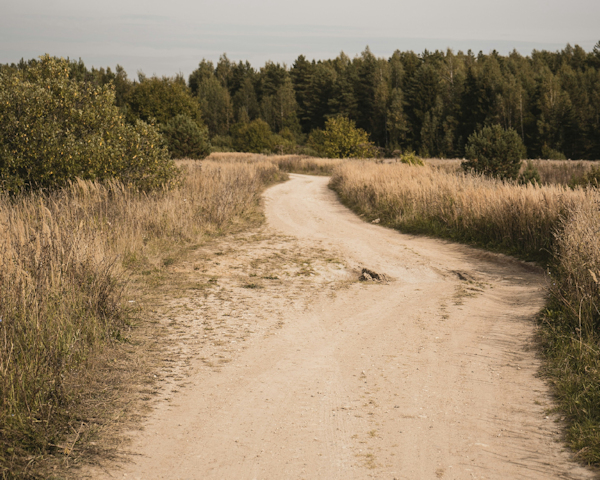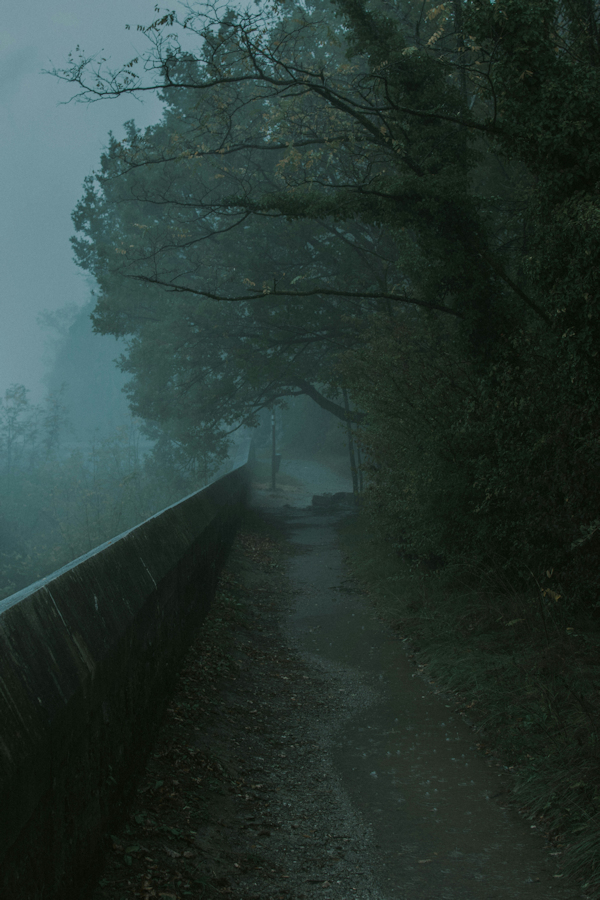Lou Su says, “The journey of a thousand miles begins with a single step.”
Let’s face it. Fantasy has a lot of travel, especially if you’re writing a quest or an adventure type of fantasy story. You’ll have to get your characters from point A to point B. After all, the main characters need to complete this amazing adventure in order to complete their destiny, right? Maybe, they have to find that rare artifact that will save the kingdom or bring back magic to the world. Or maybe they have to journey to find a fearsome beast in its lair in order to kill it. There’s no going around just how important travel can be in fantasy.
As writers, we never want to bore our readers, but travel in and of itself is long and exhausting. It takes forever to get anywhere, especially from Alaska, and in a fantasy world where the most common form of travel is by horseback, sailing, or even walking, it takes three or four times as long.
You also have to consider your specific worlds, where your character and story starts, and what status your character has. Is universal magical travel a thing? Like, teleportation? If not, where is your character right now? A mode of transportation that’ll work in the arctic or cold-weather climates—like snowshoes or dogsleds in real life—obviously won’t work in a desert, and vice versa. You’ll also have to consider the status of your characters. A prince would travel differently than a pauper, a group of knights would probably use a different style of transportation than a musical troupe. It’s important to nail those details down, then get to the nitty gritty of how to make that trip more interesting.
And finally, the way you decide to approach travel also depends on the pacing of your story. Some writers need to slow the pace down a little to add a breather for their readers, while others need to keep the pace at a super-fast clip to keep the energy high.
What can you do as a writer to make the travel experience more interesting?
Number One: Focus on Worldbuilding
Having your characters travel from point A to point B is the perfect opportunity to incorporate the unique aspects of your world. Consider sprinkling in some interesting and unique landmarks, incorporating the history of the region your characters are traveling through, and really take the opportunity to show off your setting. Maybe the characters can travel through an ancient forest that was twisted by corrupted magic, so you can weave in the history of magic. Or maybe they travel through some old ruins that one character knows everything about. Doing so will add depth to your world and to your characters.
A book that does this beautifully is Priory of the Orange Tree by Samantha Shannon. One of her main characters—Loth—is set on a journey trying to get this mysterious iron box to a location and has to travel through a dangerous volcanic glass and pumice passageway. While stumbling through it, he’s able to think about the history of the Nameless One, a dragon and an important antagonist of the story. The unique setting reminds Loth of the dragon, and the readers are able to get a brief glimpse into what Loth thinks about him. This blending of setting and character introspection is really important for the readers.
Number Two: Build Up Your Character Relationships
Another aspect you can focus on while traveling is expanding on your characters and building (or breaking) the relationships between them. After all, the characters are stuck with each other during these trips so something will happen between them—a deeper friendship or a falling out. Usually, these character-building moments happen around a campfire after a long day of travel, but consider adding in these conversations while they’re walking. As long as they aren’t galloping on horseback, they can carry on a conversation. This is especially true if the scenery stays much the same—a rolling grassland, for example, or a seaside beach. People will often chat simply to give themselves something to do. So, strike up a conversation! Have the characters talk about their past, the reasons why they’re on this adventure, anything. Show how they interact with each other. Bond them tighter. Or maybe show how badly they interact with each other. Perhaps they fight over the best path to take or get into some kind of conflict that shows dueling morals.
An example of this is Patrick Rothfuss’ The Wise Mans’ Fear. In it, the main character Kvothe spends his traveling time trying to connect with another character named Tempi. On the road, Kvothe gets frustrated by Tempi because Tempi communicates with gestures and seems distant. Kvothe doesn’t understand and is easily annoyed by this seemingly silent treatment. The obvious clash of characters makes the journey interesting.
Number Three: Have a Surprise Ambush/Fight
This works only if your characters are traveling on well-worn roads because it means an ambush would be expected and realistic. It’s the perfect place for thieves or mercenaries or even the main antagonist’s lackeys to get the jump on your protagonists. If you go with this mercenary or lackey idea, you can show conflict between the characters in whether or not they kill the person who attacked them.
Another way is having a set of minor characters—say a wondering theater troupe—be the ones who get ambushed. You can show conflict by showing who wants to help the troupe and who wants to pass the trouble by. If your characters decide to help, then they can be heroes to these minor characters. A really great way to make sure this isn’t a passing moment in time is to have your characters think on the moment after its over—maybe something significant happened during or after the scuffle. Or you could bring that same idea—to help someone or not—up later on in the story and show your characters’ growth (or lack thereof). It would also add a sense of urgency…maybe the road isn’t as safe as the characters thought it would be.
In my adult fantasy Sunkissed Feathers & Severed Ties, my main character Misti is on the road with her traveling party. They come across a wagon—a musical troupe—that is being attacked and decides to save them. After doing so, Misti strikes up a conversation with one of the musicians. The musician asks why her companion animal is sunkissed (orange, red, yellow). Now, none of her traveling party had asked her about it, and after that conversation, I was able to bring in the terrible history of those colors and the overall attitude toward them, and then contrast it with Misti’s point of view. The fight, and the conversation after, allowed me to do some important worldbuilding.
Number Four: Add a Dragon
And no, this doesn’t have to be an actual dragon, it can be any kind of fantastical beast that you have in your world. This is a classic idea for fantasy travel—and there’s a reason for it. It’s exciting! It forces your characters to defend themselves. It shows your readers if your characters are brave or scared, how they fight, and shows off the magical properties your characters can control, if that’s part of your world. Keep in mind, this would happen more-so if your characters are off-roading it, maybe taking a shorter, more dangerous, path cross-country. Adding an interaction with a beast would give you the opportunity to show off your super cool fantasy creatures. Did you create your own mythical animals? Add a twist to the classics? Maybe I’m biased, but one amazing element of fantasy is the creatures. So show them off!
For example, K. D. Edwards’ The Hanged Man has a good instance of this. Her characters are traveling through a very tall tower—encountering different magical biomes along the way—when suddenly the main character Rune gets swept up by a flying creature called an ifrit. Edwards gives some awesome descriptions of the ifrit’s fleshy wings, furry body, how it uses air magic. It was a cool fight, but since the readers are shown that the ifrit is an ancient, powerful being, that fight also showed just how formidable and smart The Hanged Man was in his attempts to thwart Rune. Two for one!
Number Five: Make the Way of Traveling Unique to Your World
You don’t need have your characters travel by horseback, sail on a boat, or even walk everywhere. Now this would be hyper specific to the kind of world you’re building, but try to think about unique ways your characters could journey through the land. Maybe the characters can fast-travel by magic, but it demands a specific and steep price to do so, or maybe they have unique non-horse mounts that you’ve imagined and would like to show off, like a dragon or something.
Here are two examples: Shadowbridge by Gregory Frost has the characters traverse through the bridges connecting nearly all the cities. This is because the world is basically one big ocean, with some smaller islands. So bridges are the way to go! The Ghost Bride by Yaung-ce Choo has her character travel through the otherworld, or spirit realm, trying to achieve her goals. In the story, there’s a paper-horse burning funeral so that horse can become a life-sized spirit horse for the main character to ride in the otherworld. It’s really cool.
Whatever type of travel you chose to have your character do—make it stand out! Have fun, and it’ll shine through in your work. Happy adventuring!
– – –
What’s your favorite travel type of travel from a fantasy book? Let us know in the comments!
Title image by Egor Vikhrev.








